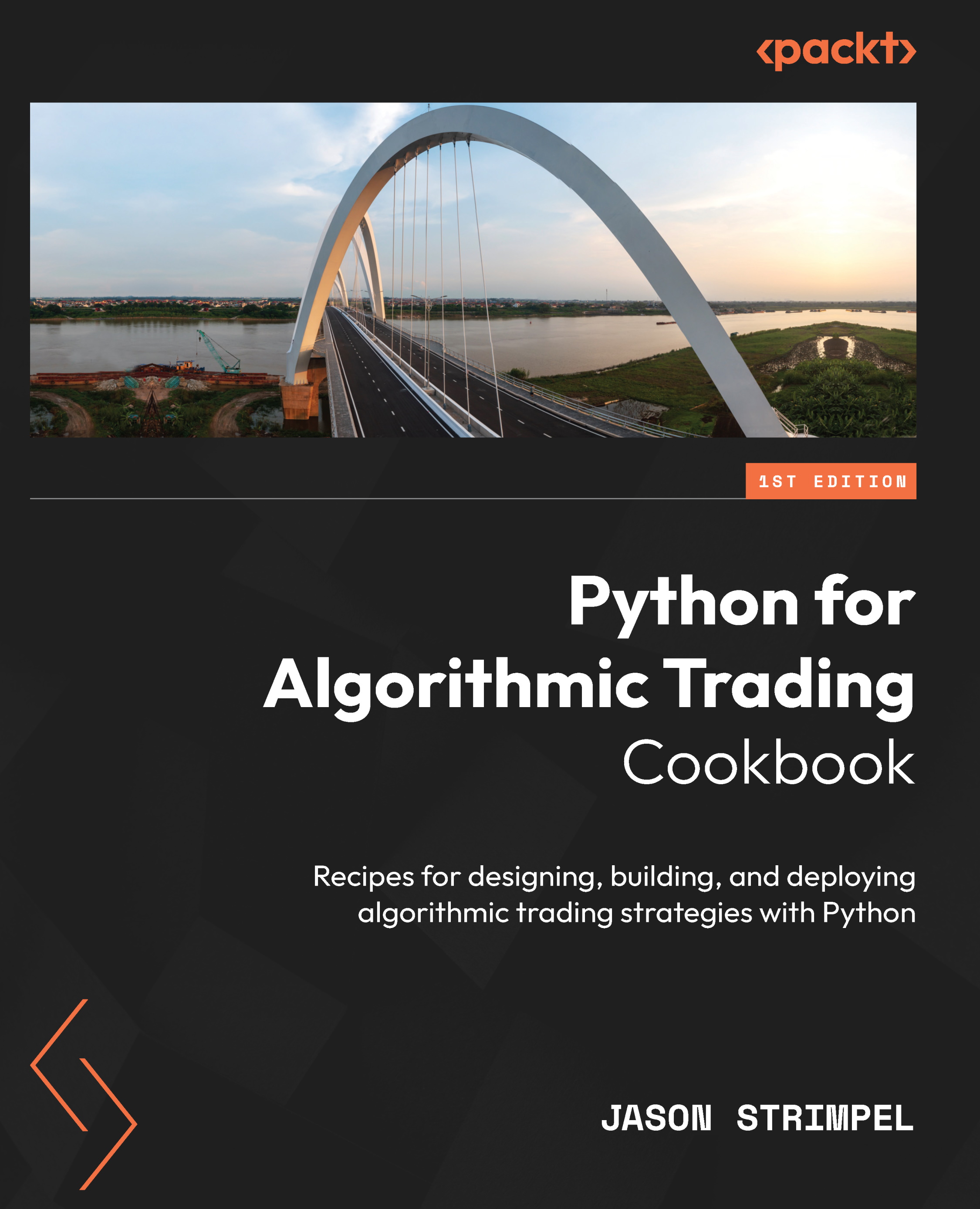“Technology is front and center in every business strategy, and enterprises of all sizes and in all industries must embrace digital to attract, retain, and enrich customers,”
-Gus Robertson, CEO, NGINX
At the NGINX Conf 2018, the NGINX team has announced enhancements to its Application Platform that will serve as a common framework across monolithic and microservices based applications. The upgrade comes with 3 new releases; NGINX Plus, NGINX Controller, and NGINX Unit, which have been engineered to provide a built-in service mesh for managing microservices and an integrated application programming interface (API) management platform. They also maintain the traditional load balancing capabilities and a web application firewall (WAF).
An application delivery controller (ADC) is used to improve the performance of web applications. The ADC acts as a mediator between web and application servers and their clients. It transfers requests and responses between them while enhancing performance using processes like load balancing, caching, compression, and offloading of SSL processing.
The main aim of re-architecting NGINX’s platform and launching new updates was to provide a more comprehensive approach to integrating load balancing, service mesh technologies, and API management. This was to be done leveraging the modular architecture of the NGINX controller.
Here is a gist of the three new NGINX product releases:
#1 NGINX Controller 2.0
This controller is an upgrade on the NGINX Controller 1.0 that was launched in June of 2018. It was introduced with centralized management, monitoring, and analytics for NGINX Plus load balancers. Now, NGINX Controller 2.0 brings advanced NGINX Plus configuration. This includes version control, diffing, reverting and many more features.
It also includes an all-newAPI Management Module which manages the NGINX Plus as an API gateway. Besides this, the controller will also include a future Service Mesh Module.
Unlock access to the largest independent learning library in Tech for FREE!
Get unlimited access to 7500+ expert-authored eBooks and video courses covering every tech area you can think of.
Renews at $19.99/month. Cancel anytime
#2 NGINX Plus R16
The R16 comes with dynamic clustering. It has a clustered state sharing and key-value stores for global rate limiting and DDoS mitigation. It also comes with load balancing algorithms for Kubernetes and microservices, enhanced UDP for VoIP and VDI, and AWS PrivateLink integration.
#3 NGINX Unit 1.4
This unit improves security and language support while providing support for TLS. It also adds JavaScript with Node.js to extend existing Go, Perl, PHP, Python, and Ruby language support.
Enterprises can now use the NGINX Application Platform to function as a Dynamic Application Gateway and a Dynamic Application Infrastructure. NGINX Plus and NGINX are used by popular, high-traffic sites such as Dropbox, Netflix, and Zynga. More than 319 million websites worldwide rely on NGINX Plus and NGINX application delivery platforms.
To know more about this announcement, head over to DevOps.com
Kong 1.0 launches: the only open source API platform specifically built for microservices, cloud, and serverless
OpenFaaS releases full support for stateless microservices in OpenFaaS 0.9.0
Getting started with F# for .Net Core application development [Tutorial]
 United States
United States
 Great Britain
Great Britain
 India
India
 Germany
Germany
 France
France
 Canada
Canada
 Russia
Russia
 Spain
Spain
 Brazil
Brazil
 Australia
Australia
 Singapore
Singapore
 Canary Islands
Canary Islands
 Hungary
Hungary
 Ukraine
Ukraine
 Luxembourg
Luxembourg
 Estonia
Estonia
 Lithuania
Lithuania
 South Korea
South Korea
 Turkey
Turkey
 Switzerland
Switzerland
 Colombia
Colombia
 Taiwan
Taiwan
 Chile
Chile
 Norway
Norway
 Ecuador
Ecuador
 Indonesia
Indonesia
 New Zealand
New Zealand
 Cyprus
Cyprus
 Denmark
Denmark
 Finland
Finland
 Poland
Poland
 Malta
Malta
 Czechia
Czechia
 Austria
Austria
 Sweden
Sweden
 Italy
Italy
 Egypt
Egypt
 Belgium
Belgium
 Portugal
Portugal
 Slovenia
Slovenia
 Ireland
Ireland
 Romania
Romania
 Greece
Greece
 Argentina
Argentina
 Netherlands
Netherlands
 Bulgaria
Bulgaria
 Latvia
Latvia
 South Africa
South Africa
 Malaysia
Malaysia
 Japan
Japan
 Slovakia
Slovakia
 Philippines
Philippines
 Mexico
Mexico
 Thailand
Thailand














